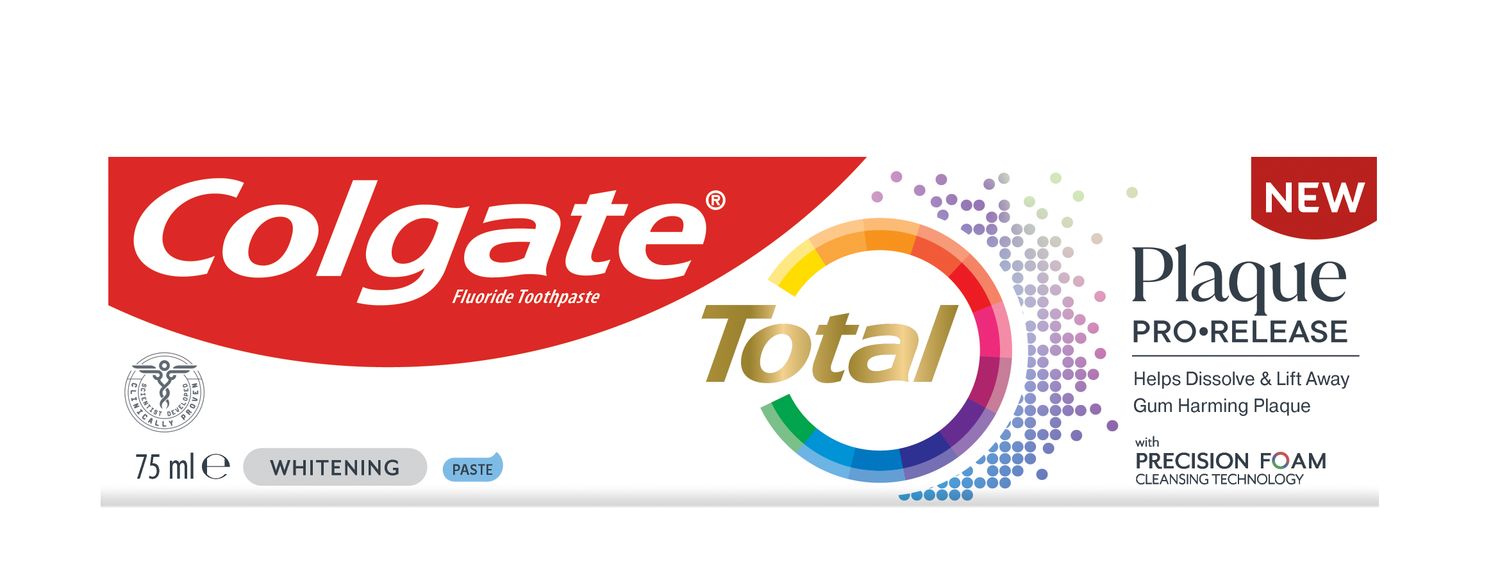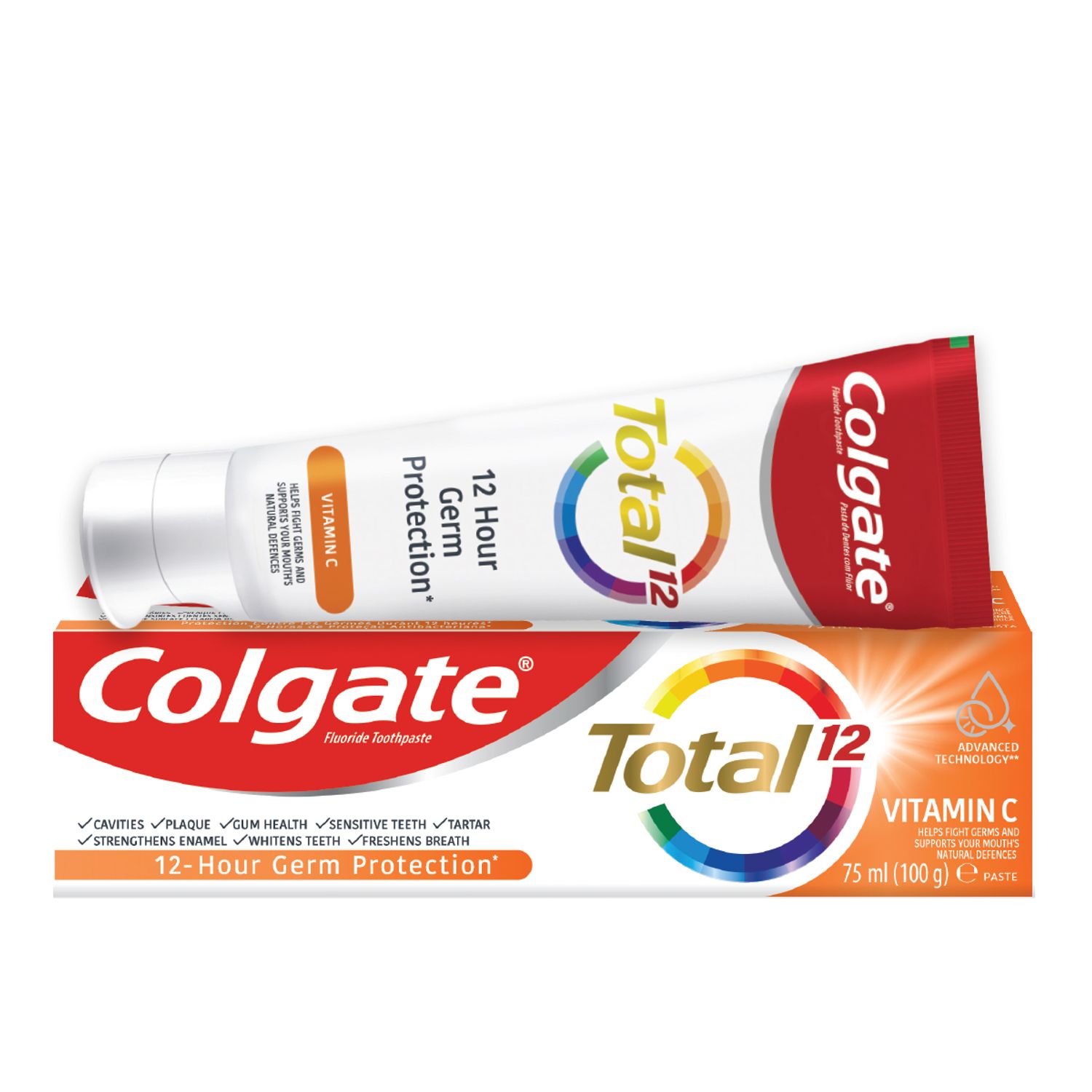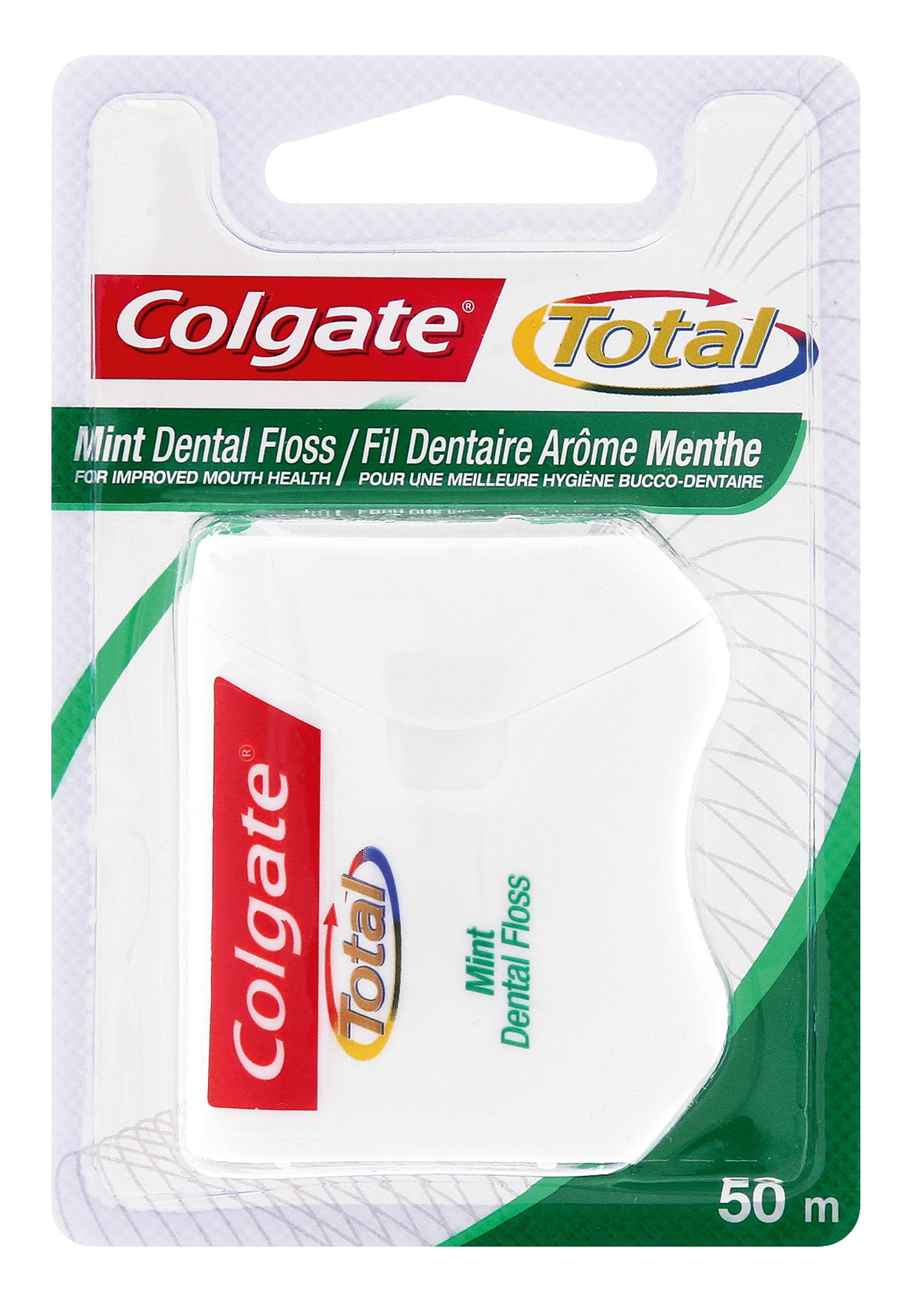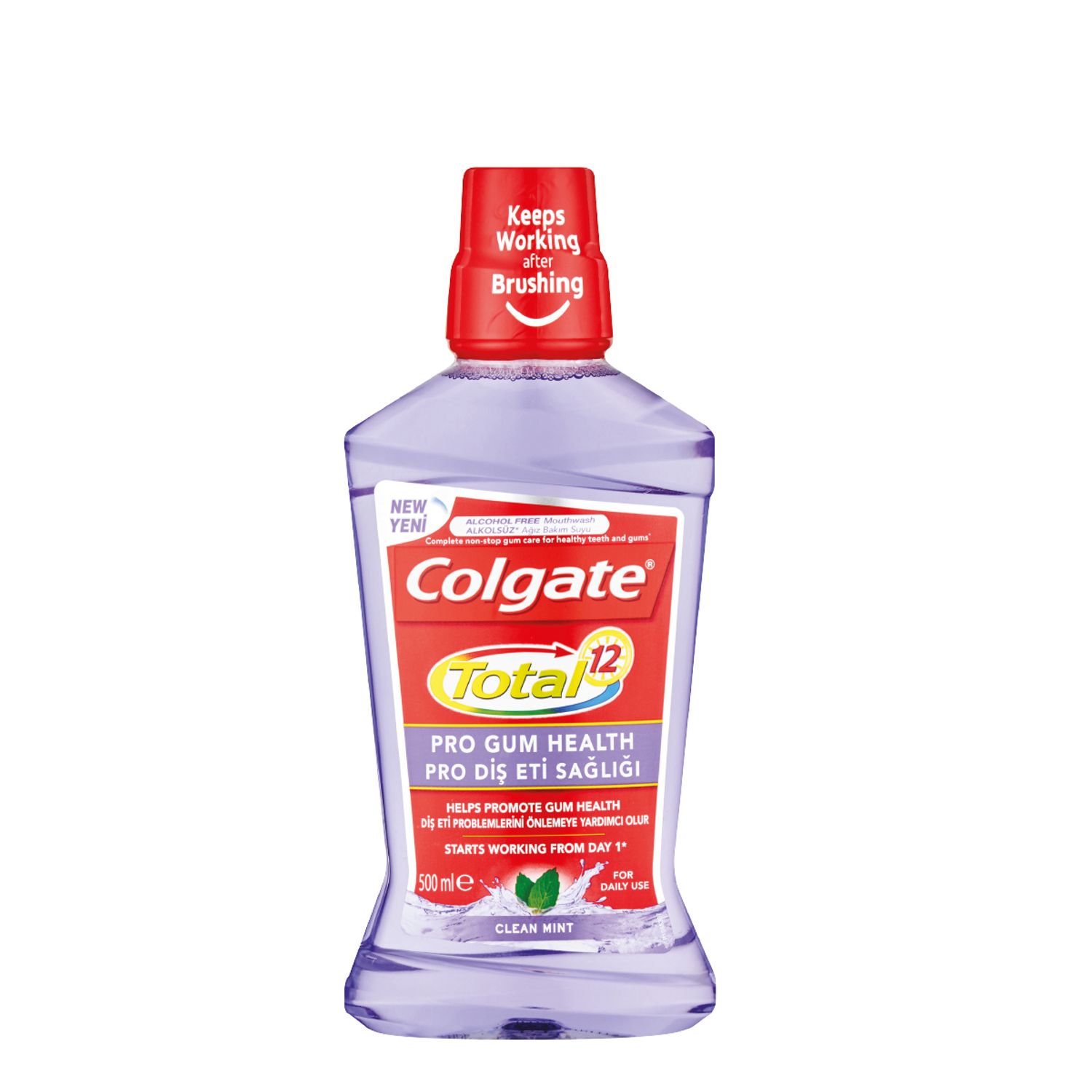-
-

CAVITIES
Can You Heal A Cavity At Home?You feel a sharp pain when you bite down or try to eat. You think it's a cavity, but you're not 100 percent sure...

BAD BREATH
How To Cure Bad BreathMore commonly known as bad breath, halitosis is an embarrassing hygiene issue that nobody wants, but some of us get every now and then...
-
Science & Innovation
- Colgate® | Toothpaste, Toothbrushes & Oral Care Resources
- Oral Health
- What Does Gingivitis Treatment Entail?
.png)
.png)
Receiving a diagnosis of gingivitis can be alarming at first, but the good news is that gingivitis is actually a mild form of gum disease. That means you and your dentist were able to catch the condition before it became more advanced and developed into periodontitis. With the proper professional gingivitis treatment and follow-up care, you and your dental professional can usually reverse the symptoms of this disease. Take a look at the two essential phases of treatment that can help you get your gums back to a clean, healthy state.
Professional Dental Treatment
After your gingivitis diagnosis, your dental professional will usually give you a thorough cleaning that removes the plaque and tartar from the surfaces of your teeth and under your gumline. Your dentist may also examine any tooth positioning abnormalities or dental work you have – including crowns, bridges or restorations – that potentially make it more difficult for you to remove plaque when you're brushing and flossing at home. If there are any problematic areas, your dental professional might recommend certain repairs that will make it easier for you to clean your gums.
It is also important for you to schedule regular follow-up appointments so your dentist can continue to fight plaque build-up and determine whether the gingivitis has returned or worsened.
Consistent Oral Care at Home
Even after you receive a check-up and a professional cleaning, your gingivitis treatment isn't over just yet. It is up to you to take care of your teeth and gums on a regular basis by thoroughly brushing at least twice a day and flossing at least once a day. Following your diagnosis, you and your dentist should talk about your oral health care routine to determine if you need to make any changes.
Along with making sure you're getting the most out of your brushing and flossing, your dentist may suggest using an antiseptic mouthwash. Whatever the recommendations are, be sure to follow them on a daily basis for the best chance at maintaining healthy gums and keeping gum problems at bay.
Related Products

Helping dental professionals
More professionals across the world trust Colgate. Find resources, products, and information to give your patients a healthier future











